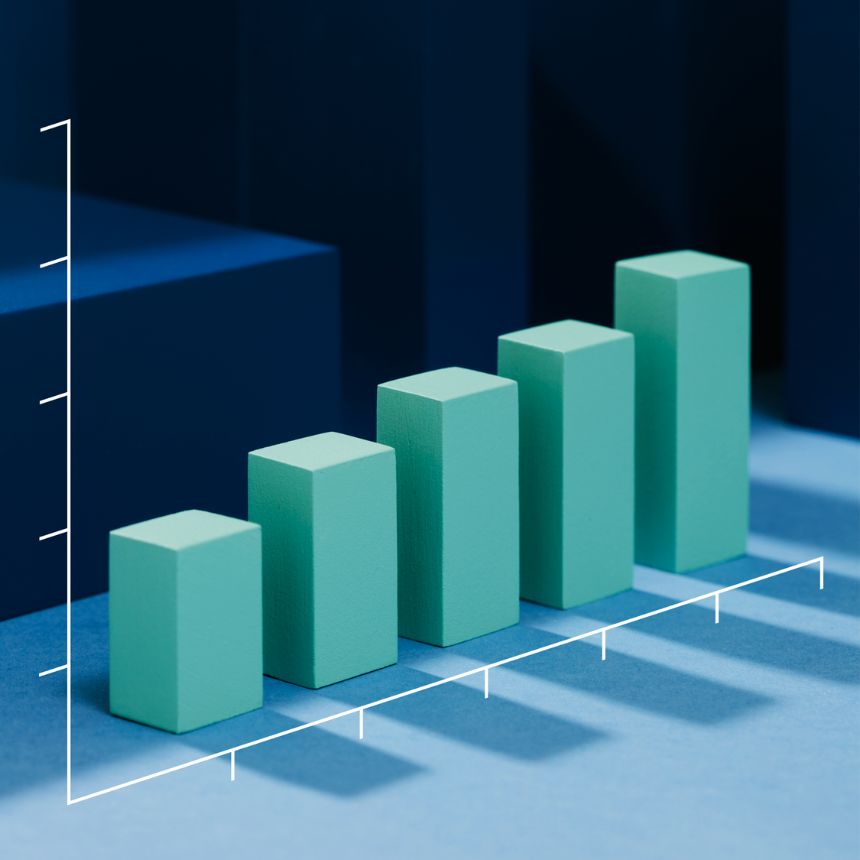Every month IAS analyses hundreds of billions of impressions globally. These impressions span across every channel and platform from desktop and mobile to video and walled garden social platforms. We evaluate these impressions for viewability, potential ad fraud, and brand safety. Our bi-annual media quality report aggregates those findings to present the clearest possible picture of media quality in the United Kingdom.
The Media Quality Report from H2 2017, based on this analysis of over 500 billion impressions, is designed to empower stakeholders across the digital advertising landscape to invest their marketing dollars with greater confidence by illustrating the state of online inventory today.
The first half of 2017 saw the industry bring increased effort to addressing media quality concerns. These efforts were essential for brands, agencies, publishers, and tech platforms, for whom media quality and transparency are critical to ensuring that digital campaigns are driving optimal value in viewable, safe and fraud-free environments. The H2 2017 Media Quality Report reflects the first outcomes of these efforts to improve quality and mitigate waste.
The latest version of the media quality report captures the impact changes that roiled digital marketing in 2017. The results point to challenges and opportunities for improvement, but the overarching story is one of cooperation. The report shows both the impact of collective action the areas of opportunity for industry-wide collaboration.
Industry efforts to improve viewability are working
Between H1 and H2 2017, viewability increased across desktop display and video formats. U.K. desktop video viewability increased by 13.6% from 58.3% to 66.2% H1 to H2 2017. This improvement reflects the efforts of big brands taking action to improve viewability.
Programmatic video viewability is increasing significantly
With advancements in verification as well as increased optimisation efforts, programmatic video viewability is becoming an industry success story. Video has shown marked improvement within programmatic, increasing 18.2
The media environment is impacting risk
Risk categories continue to fluctuate along with global news and media trends. For example, the increase in articles around hate speech, in a volatile global political climate, have reshaped the risk landscape. Hate speech, although still a low proportion of risk, increased from 1.5% to 2.2% of total risk.
Advertisers are paying close attention to brand safety
Big headlines in 2017 have increased advertiser concern around the potentially detrimental brand impact of risky content. Between H1 and H2 2017, overall brand risk in the U.K. increased from 3.7% in H1 to 5.8% in H2 2017
To learn more, and to see all the H2 2017 Media Quality benchmarks in the United Kingdom, fill out the form to download the report.
 Share on LinkedIn
Share on LinkedIn Share on X
Share on X


